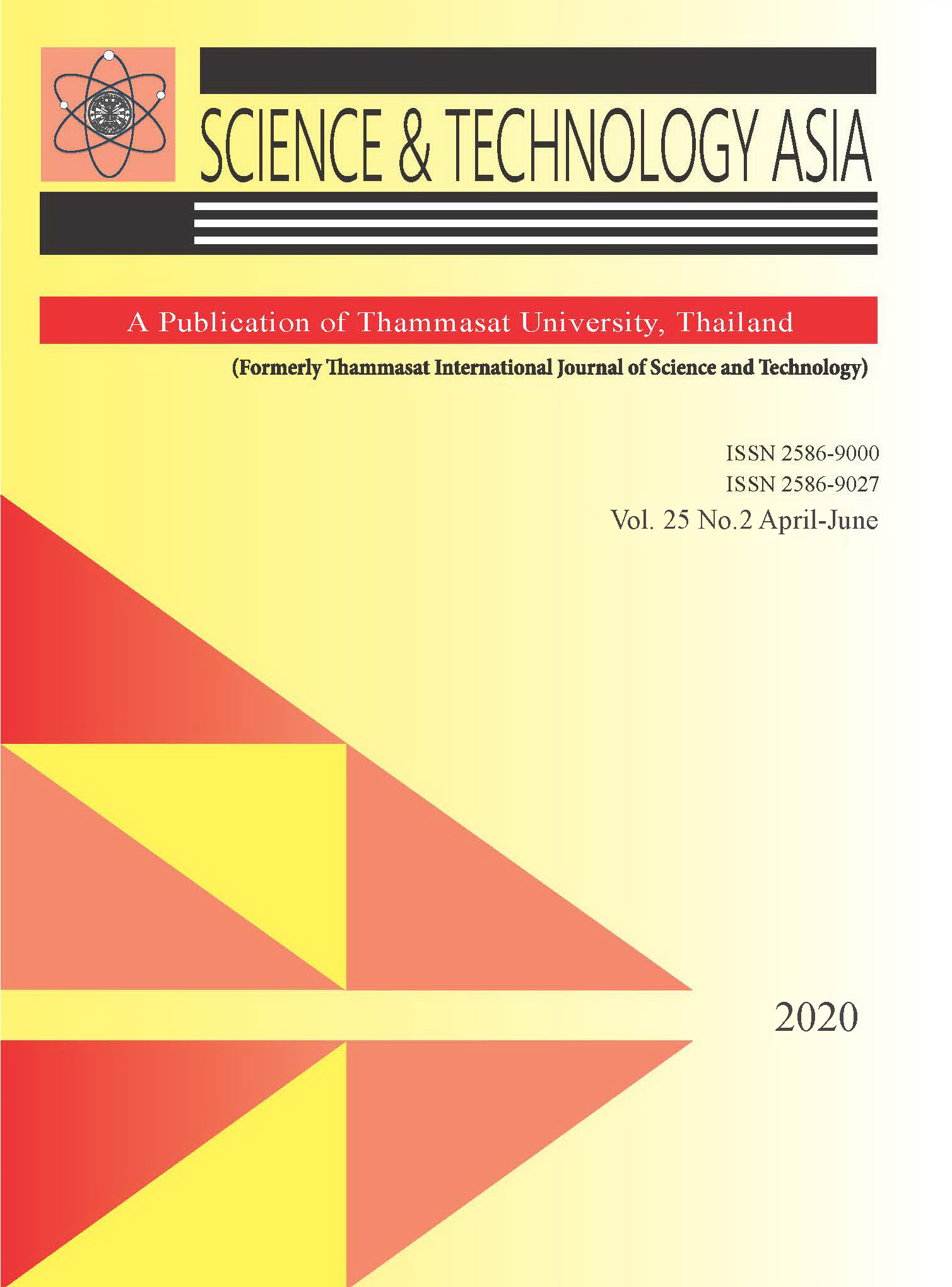Comparisons of DNA Analysis using Qiagen® Investigator® 24plex QS Kit and AmpFlSTR® Identifiler® Plus PCR Amplification Kit
Main Article Content
บทคัดย่อ
At present, DNA test kits play a major role in DNA analysis, especially for forensic DNA. AmpFlSTR® Identifiler® Plus PCR amplification kit, for example, is a reagent kit that is commonly used in most forensic laboratories in Thailand. However, this kit offers only 15 loci and amelogenin. Recently, Qiagen® Investigator® 24plex QS kit, a newly-launched product, has been developed with its expanded 22 polymorphic STR markers, the genderspecific amelogenin and the Quality Sensor (QS) to address the forensic challenges. This research aimed to determine the optimized conditions for using Qiagen® Investigator® 24plex QS kit and compare DNA profiles which were amplified by the use of Qiagen® Investigator® 24plex QS and AmpFlSTR® Identifiler® Plus PCR amplification. A total of 40 DNA samples were undertaken in this research including samples with high and low DNA concentration, samples with inhibitors, and degraded samples. The results showed the PCR reaction of 1.0 ng/μl with full and half volume reactions were the same allele percentage detection. In concentration between 0.5 and 0.0625 ng/μl, the half volume reaction provided the percentage of allele detection that was higher than the full volume reaction. For DNA profiles comparison, the percentage of allele detection and heterozygous peak height ratio (PHR) in both kits showed similar results. Conclusion: The Qiagen® Investigator® 24plex QS kit was a reliable identification for forensic DNA analysis.


